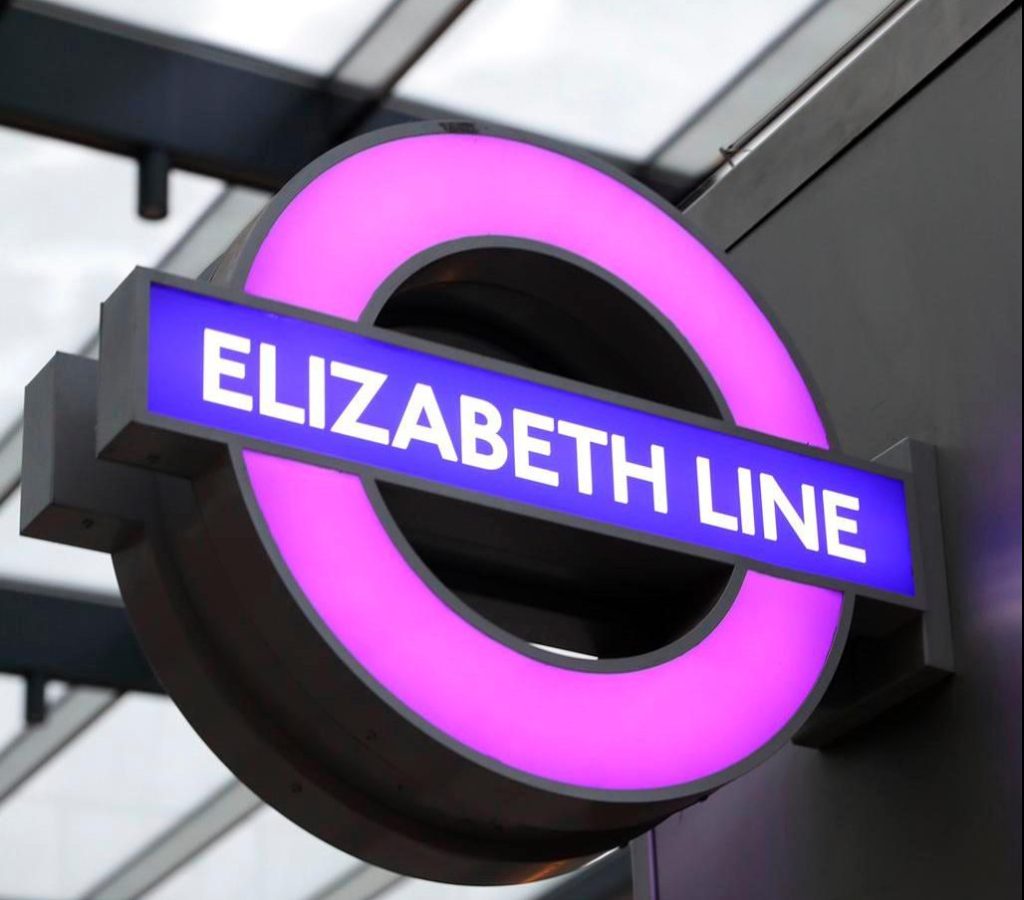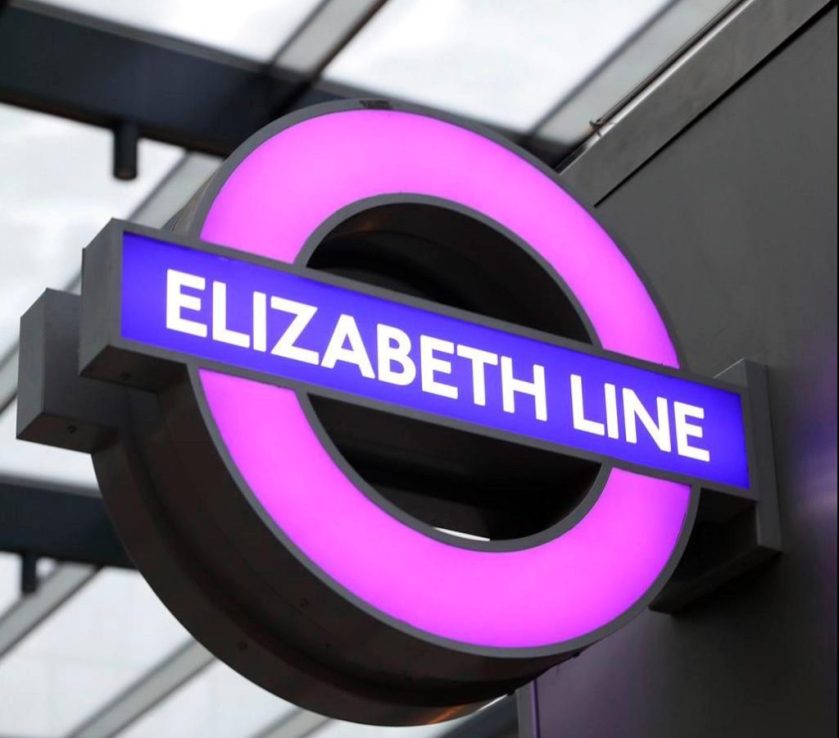Happy birthday to the Elizabeth line
The economic value the Elizabeth Line has brought to London cannot be underestimated, but we can’t stop there. Two years on, it’s time to think about how we can build on its success, says Tristram Gethin Today the Elizabeth line celebrates its second anniversary. Speak to Londoners about the impact it’s had, and you’ll be [...]


The economic value the Elizabeth Line has brought to London cannot be underestimated, but we can’t stop there. Two years on, it’s time to think about how we can build on its success, says Tristram Gethin
Today the Elizabeth line celebrates its second anniversary. Speak to Londoners about the impact it’s had, and you’ll be met with words like ‘gamechanger’, ‘transformational’ and ‘revolutionary’. All are a reference to how Europe’s largest infrastructure project has slashed journey times across the city, opening up places by creating new connections, and boosting London’s economy in the process.
The Elizabeth Line’s tricky birth – its opening was delayed several times before finally launching during the pandemic – has been long forgotten as millions of us now use it to cross London quickly. It has become the UK’s busiest rail line, with 720,000 journeys made each day. London’s east-west commuting times have fallen by 50 per cent or more, and 1.5m more people are now within a 45-minute commute to central London, defined as the West End to Canary Wharf.
The economic value the Elizabeth line has bought to London cannot be underestimated. According to the London Property Alliance, the line has sparked around 200,000 new office jobs, the opening of 171 hotels, 2,666 new food and beverage outlets and 12 museums.
However, two years on, London must look at how it can continue to build on the Elizabeth line’s success. This is especially important as central London’s traditional business centres look to reinvent their role in the face of changing working practices.
Canary Wharf is a shining example of how a traditional business district can be reimagined, having made great strides to diversify into a thriving community, sitting in 97 acres with 3,500 homes, 300 retailers, and over 70 restaurants, cafes and bars, alongside a plethora of leisure options from cultural events to go-carting, padel and open-water swimming.
TfL data for 2023 showed a 25 per cent increase in passengers travelling into Canary Wharf compared to 2022 – exceeding pre-pandemic levels. The Elizabeth line has been a major contributor to the Wharf’s ability to diversify, with new connectivity making it a more viable location for people to work or socialise wherever they live across London. It feels at the end of the working day, just as many people are coming into Canary Wharf for leisure, as are leaving.
The Elizabeth line has also played a role in take-up of office space. It has been well publicised that a two-track market has emerged, with demand exceeding supply for well located, energy-efficient, amenity rich and health enhancing workspaces in central London. Within this context, 51 per cent of central London office take up in 2023 was within a 10-minute walk of Elizabeth line stations, and 70 per cent of all BREEAM rated ‘Outstanding’ office developments completed in London have been built in locations served by the line. All of this is further evidence of how Crossrail has redrawn London’s business map, which should give developers confidence at a time when many older workspaces are ripe for redevelopment.
The Elizabeth line was part of what inspired us to develop YY London. The refurbished 1991 former Reuters building at Canary Wharf, famous for the stock ticker that ran around its façade, has been transformed into one of the UK’s most sustainable workplaces that is net zero in operation. The 415,000 sq ft building is designed for wellness and work-life balance, with spaces for yoga, socialising, exercise, terraces and a juice bar. Smart technology also lets employees optimise their working environments by controlling temperature and access to fresh air. YY London will play a major role in revitalising the Wharf for its next chapter by attracting more modern businesses to locate there when it is better connected than ever.
The Elizabeth line’s anniversary is a reminder of how it has brought London and its surrounding areas closer together. Central London’s key destinations and the businesses that operate within them can continue to take advantage by offering more people more of what they want, from inspiring places to spend free time to exceptional places to work.
Tristram Gethin is founding partner at Quadrant



